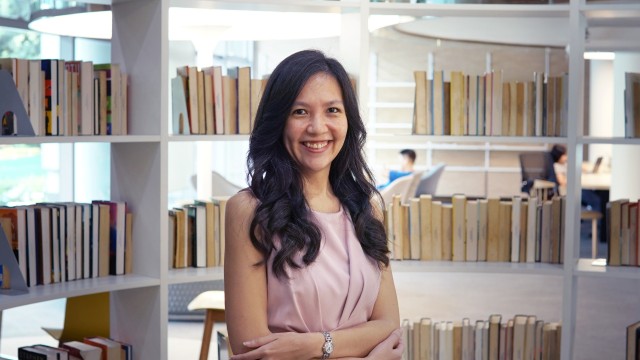Why I Enjoy Working at the SMU Libraries as a Senior Librarian in Instruction & Learning
Melody Chin, Senior Librarian in SMU Libraries’ Instruction & Learning team, supports the SMU community by enhancing students’ information literacy. Through workshops and research consultations, she helps students develop their information literacy skills to navigate their studies more effectively.
With the rise in information sources in the last decade, how would one deal with information overload?
At SMU Libraries, through the Li Ka Shing Library and Kwa Geok Choo Law Library, a variety of information literacy resources are available to help the SMU community navigate this challenge.
In this third instalment of the “Why I Enjoy Working at the SMU Libraries” series, we speak to Melody Chin, Senior Librarian in the Instruction & Learning Services team, to learn more about her role in supporting the SMU community with their learning needs.
What inspired you to be part of the Instruction & Learning team at SMU Libraries?
Being part of the Instruction & Learning team has given me the opportunity to teach and interact with various students at SMU. This ranges from incoming undergraduates adjusting to university demands to postgraduates getting back into an academic environment after working for some time.
I enjoy helping them develop their skills in various aspects of academic research, such as scoping their topics for assignments, attributing authors through referencing and citations, and finding credible resources.
Having the necessary research and information literacy skills can contribute to students’ success. I also work closely with the teaching faculty to equip students with information literacy skills, providing them with library curriculum-supported instruction that complements SMU’s Graduate Learning Outcomes.
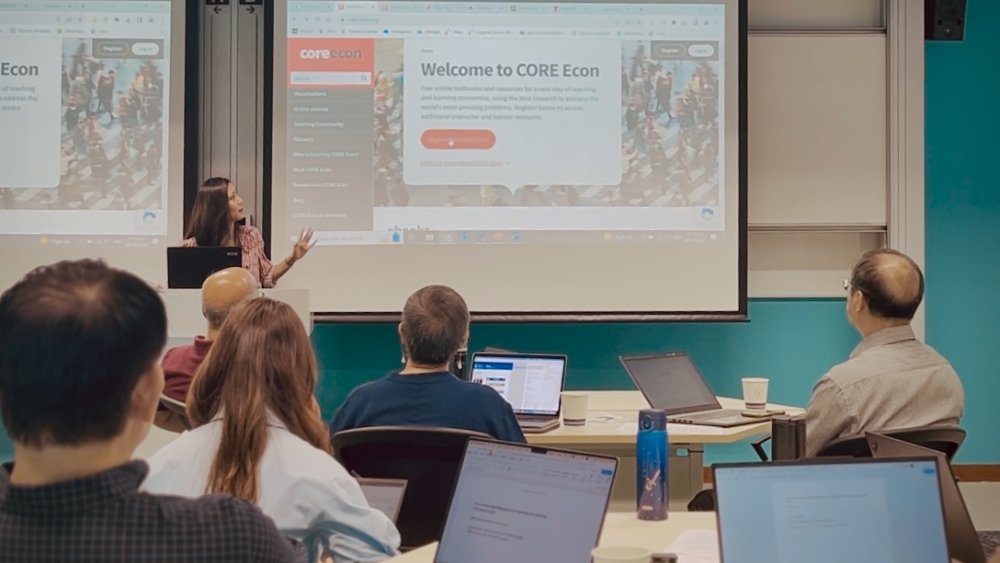
Q:
What do you enjoy most about working with students on information literacy?
A:
I particularly enjoy meeting students for research consultations. As I get to know them individually, I gain a deeper insight on the challenges they face in their assignments, which is helpful in guiding them to the relevant resources and databases.
Librarians are in a unique position, serving as a neutral point of help for students outside the classroom. We don’t mark or grade their assignments, nor are we tied to specific schools.
I like to think of myself as approachable; students who come to us for help feel safe and welcome in a non-judgmental space. It takes confidence to ask for help when they need it, and I respect that.
How do you approach the challenge of teaching students who are often overwhelmed by the volume of available information?
We are now in an age where the issues posed by information discovery is caused by a high volume of information.
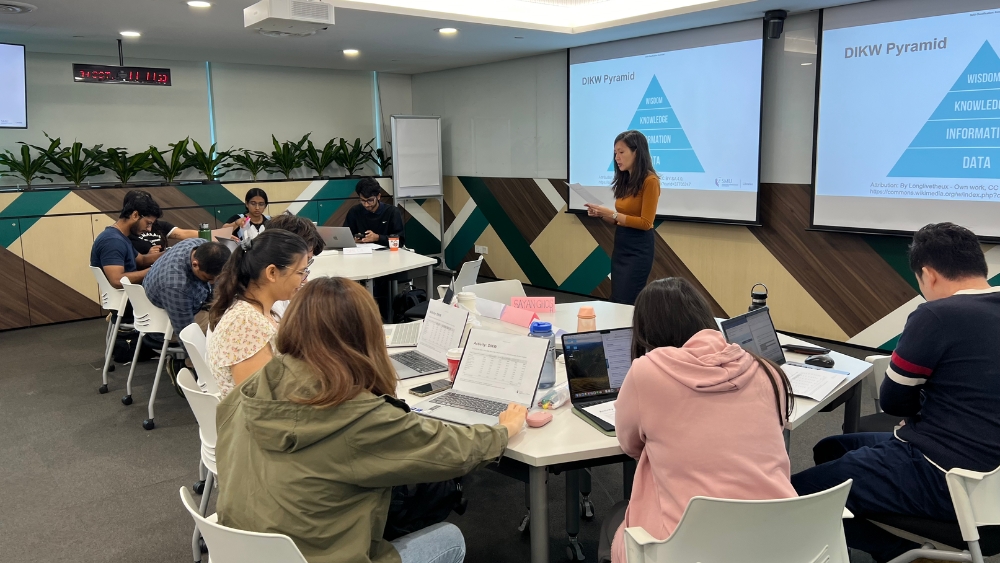
When students are overwhelmed, I encourage them to take a step back, re-examine the question or topic of their project, and search for the most relevant evidence systematically. This might include listing search terms and keywords to use as a starting point, or even taking advantage of AI-enabled tools for literature discovery.
How has the integration of technology impacted the way you teach and engage with students?
Generative AI is a big game-changer. As it becomes a central part of students’ learning and research workflows, librarians have a key role in guiding them on how to engage with AI both effectively and ethically.
Integrating technology into blended learning has also shaped the way I teach and engage with students. I’m a big fan of flipped learning, where students learn concepts online before coming to class. This approach allows me to use class time for deeper exploration of topics and hands-on support with their projects. It encourages more interaction among students, and I’ve found they are better prepared to ask more questions during class!
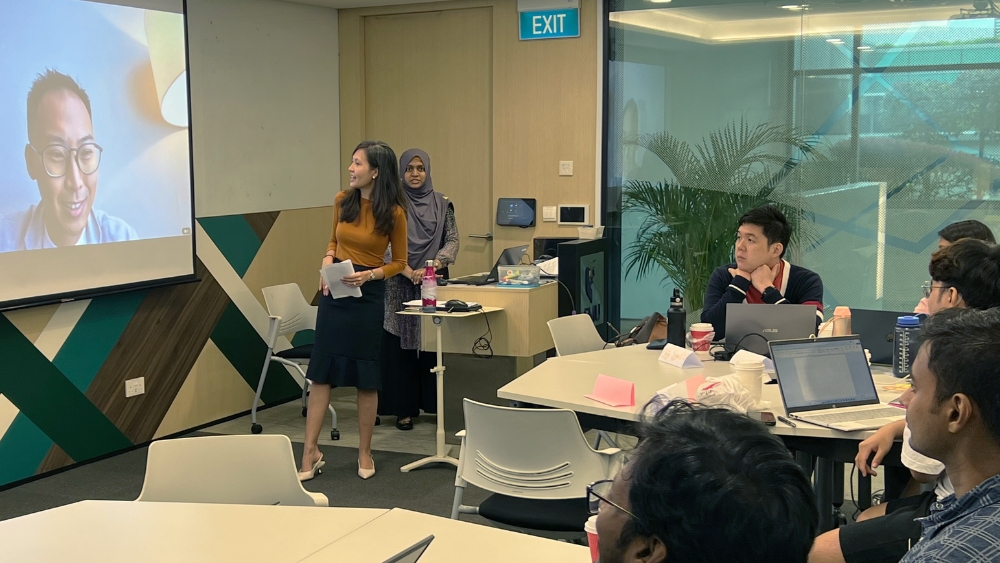
What do you think is the biggest takeaway for students after attending your library sessions?
A common takeaway for students is the discovery of scholarly conversation and debate occurring across publications and peer-reviewed journals. Whilst students may initially interpret any academic source as the truth, they start to question this assumption when they find articles or empirical studies that provide conflicting information and findings.
They realise the necessity of critically engaging with the resources found in their research, and drawing their own conclusions. Seeing them finally understand such a concept, or when they have a big ‘Aha’ moment, is what I find most rewarding.
Another common takeaway for students is the discovery of various specialised information sources, from government statistics, company reports, financial data, to policy documents.
How has teaching information literacy evolved over the years, particularly with the rise of unreliable data sources? Has your approach changed in the last five or ten years?
The explosion of information and self-generated content in the past decade has inevitably also led to the rise of unreliable sources.
Information Literacy instruction has continued to evolve to help students understand these dynamics. In my classroom, I adopt hands-on approaches with practical examples for students to critically evaluate information sources.
Do you have a personal interest or passion that influences your approach in engaging with students? How does this shape your methods or interactions in the classroom?
I am particularly interested in expanding access to higher education through Open Educational Resources (OER), which UNESCO defines as “learning, teaching and research materials in any format and medium that reside in the public domain or are under copyright that have been released under an open license…”.
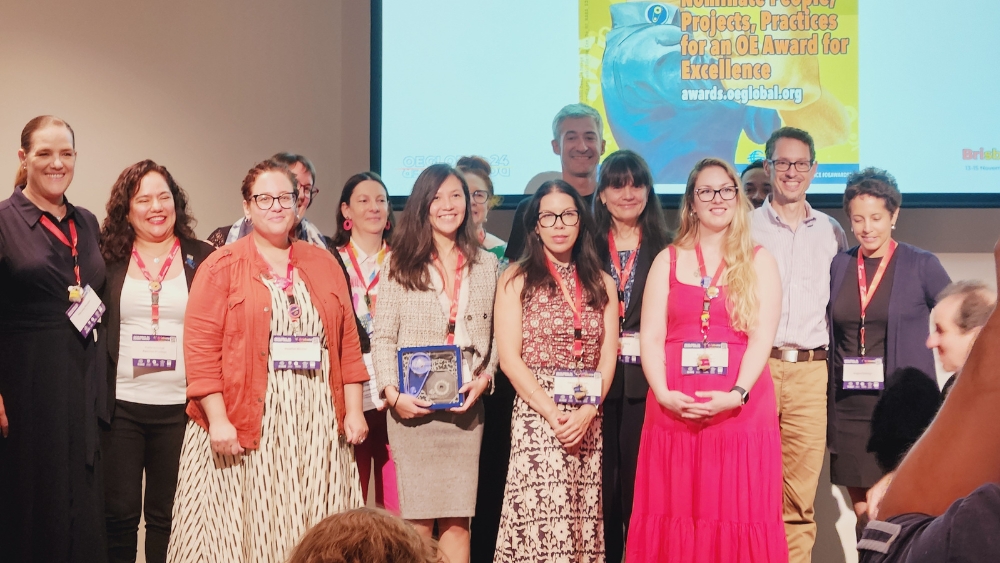
I believe that education should be accessible to all, and no student should be disadvantaged by the high cost of textbooks. After all, wouldn’t it be more equitable if learning materials were available to everyone, regardless of financial background?
Need expert help for your assignments? Learn more about how the Instruction and Learning specialists at SMU Libraries can help support your learning here.



